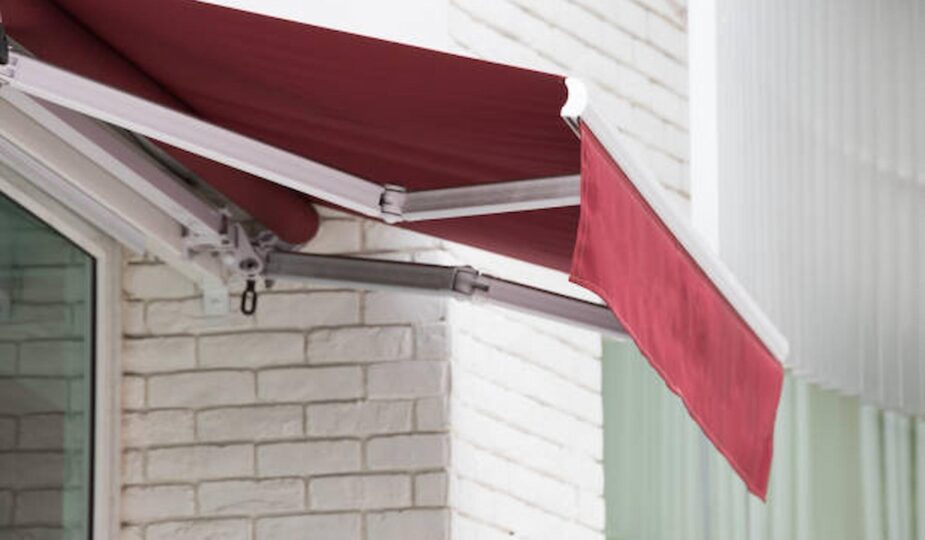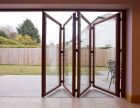
Are House Additions Expensive?
A potential client may occasionally inquire, “What is the cost per square foot for home additions?” But each project’s parameters are unique. Contrary to popular belief, there are situations when a significant addition will seem to cost less per square foot than a smaller one. The main distinction between custom house remodelling and new home construction is this.
You need extra room since you feel cramped in your home. Or perhaps you adore your home but still want extra space. The answer may be a house addition. Although adding rooms to homes is among the most expensive and time-consuming home improvements, it’s a consideration that many homeowners have had over the previous two decades given the housing crisis and soaring property prices.
What Are The Costs Of House Additions?
Generalising cost is difficult since house awnings might include many items, from a modest room to a complete storey or wing. The primary considerations, along with the building materials and the kinds of contractors needed, are often the size of the addition and nature. Other elements that frequently affect cost include the house’s design, the neighbourhood, and zoning regulations. Homeowners with two comparable homes with identical upgrades may wind up with noticeably different tabs due to these changes.
An average house addition costs between £2000 (Approx) and £50000 (Approx), with the average job costing £55000 to £100000 (Approx). But in reality, depending on the style and size of the addition, the materials used, the labour, and your location, you can plan to pay anywhere from £5,000 and £150,000. Here are the expenses, what goes into them, and some advice on how to fund and save money on the project.
Tips For Reducing The Cost Of House Additions
There are several methods you may employ to reduce the ultimate cost of a new room if you’re concerned about how much house awnings cost, including:
- Rather than creating a brand-new area, convert or expand an existing one.
- Using tax rebates and refunds for energy-efficient buildings and features
- Using less expensive materials: Many synthetic or prefabricated materials may pass for “the real thing” rather successfully.
- Eliminating elaborate adaptations.
- Choose which tasks or final touches you can do by yourself.
- Searching around for the most significant loan interest rate.
Conclusion
Be patient while your project gets underway, and remember that there may be setbacks and delays along the way. The most extensive multi-room renovations may cost more than £100,000, so home expansions are not cheap. Even so, they’re much less expensive and troublesome than relocating and buying a new home. A well-done home addition may also give a property the impression of being brand new.

